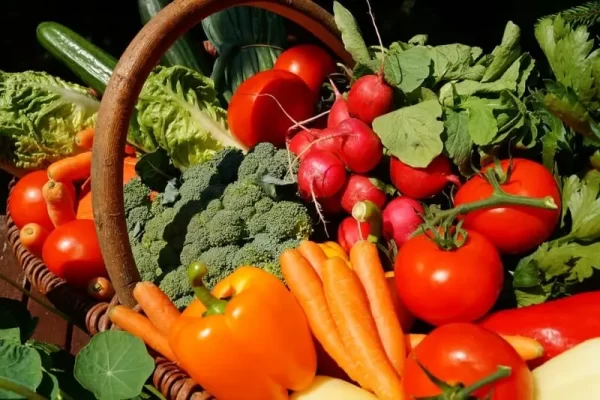Vegetable cultivation forms the backbone of Indian agriculture, crucial for supplying the vast population with essential nutrition and driving economic growth. In 2024, vegetable farming is expected to receive significant attention across various states of India. Among these, certain states stand out as the highest vegetable-producing states in India. This article highlights the top five Highest Vegetable Producing States in India.
Top 5 Highest Vegetable Producing States in India
1. Uttar Pradesh
Uttar Pradesh continues to lead as the highest vegetable-producing state in India. The state’s favorable agro-climatic conditions, coupled with advanced irrigation facilities and robust infrastructure, create an ideal environment for vegetable farming. Regions such as Meerut in the western part of the state significantly contribute to vegetable production. Uttar Pradesh benefits from modern farming practices and state-level subsidies, ensuring efficient and profitable agricultural processes. This combination of resources and support helps maintain the state’s position as a top vegetable producer.
2. West Bengal
West Bengal is making notable strides in the vegetable value chain, emerging as a key player in India’s vegetable production. The state’s diverse agricultural landscape, fertile soil, and abundant water supply create excellent conditions for vegetable cultivation. Farmers in West Bengal employ a blend of traditional and modern farming techniques, enhancing the production of both conventional and innovative vegetable crops. The districts of Hooghly, Bardhaman, and North 24 Parganas are particularly prominent in producing vegetables that support local markets, the restaurant industry, and export opportunities.
3. Maharashtra
Maharashtra stands out as a major leader in vegetable production, leveraging its rich environmental diversity and well-established irrigation infrastructure. The state’s central and western regions provide optimal conditions for growing a variety of vegetables throughout the year. Notable areas like Nashik, Pune, and Ahmednagar are known for their extensive vegetable farming. Maharashtra’s focus on precision agriculture, crop protection, and market orientation ensures high-quality vegetable crops, boosting the state’s agricultural economy.
4. Andhra Pradesh
Andhra Pradesh is emerging as a significant contributor to India’s vegetable production, with a diverse range of regions supporting various types of vegetable crops. The state’s coastal, semi-arid, and hilly regions offer distinct ecosystems that are conducive to vegetable farming. Districts such as Krishna, Guntur, and East Godavari are central to the state’s vegetable cultivation efforts. Andhra Pradesh’s emphasis on organic farming, crop diversification, and farmer welfare initiatives enhances both national and international vegetable supply while meeting local market demands.
5. Telangana
Telangana showcases impressive vegetable production capabilities, driven by forward-thinking agricultural policies and substantial infrastructure investments. The state’s semi-arid climate and efficient irrigation systems facilitate year-round vegetable cultivation. Districts like Medak, Rangareddy, and Karimnagar are key vegetable-producing areas in Telangana. The state government’s focus on technology adoption, farmer education, and market connectivity boosts productivity and profitability, contributing to rural development and food security.
Conclusion
Small and marginal farmers are crucial to India’s vegetable production, supported by favorable agro-climatic conditions and government policies. The top five Highest Vegetable Producing States in India — Uttar Pradesh, West Bengal, Maharashtra, Andhra Pradesh, and Telangana—demonstrate resilience and efficiency in the agricultural sector. Despite challenges such as poverty, natural disasters, and vulnerability, these states continue to excel in vegetable production, significantly contributing to the economy. With ongoing innovation, infrastructure development, and a focus on farmers’ well-being, these states are well-positioned to meet future food needs and achieve economic prosperity.



